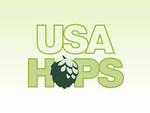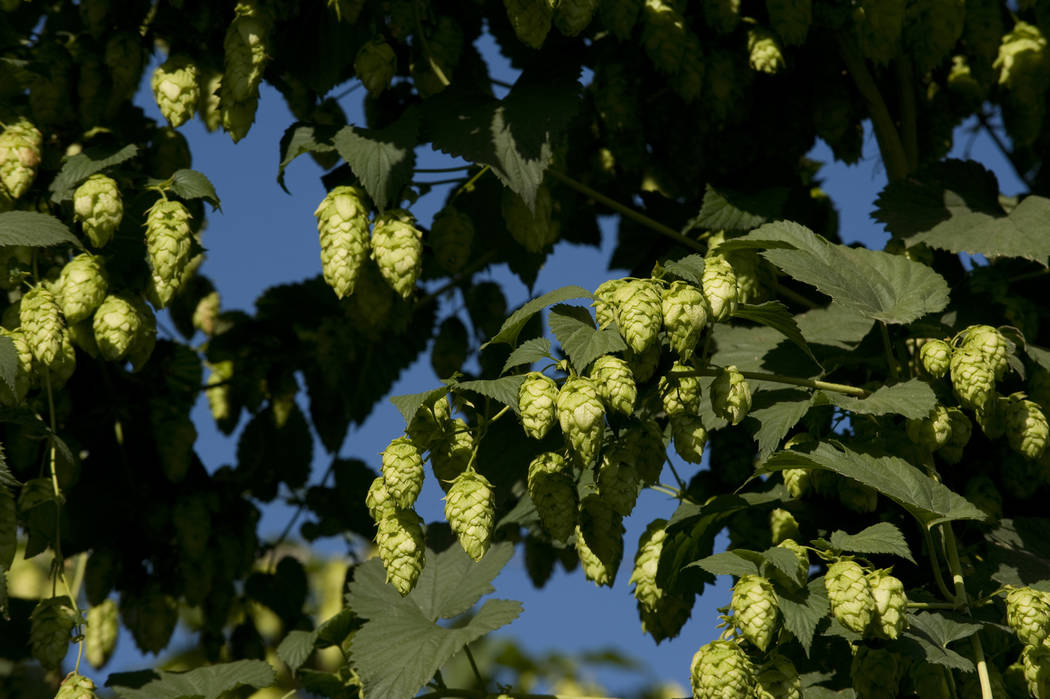Spring Activities
May 03, 2016
Pruning is an annual spring cultural practice which holds back the vigorous new growth until the proper training date for the variety. Mechanical pruning, using tractor-drawn equipment with spinning steel “fingers,” begins in March and removes debris from the prior season, and leaves a clean surface from which the new shoots will arise. Chemical pruning is done in April, to remove early growth and allow more even emergence for training. This cultural practice also removes early hop shoots that may be infected with overwintering powdery mildew spores, which allows growers to delay the onset of the disease and use fewer fungicide applications during the growing season.
Soil samples are taken from each hop yard to determine the soil fertility. Samples are analyzed and specific fertilization programs are developed for every hop yard to balance nutrients and assure the highest quality and the best yields.
In early April the twining process begins, as seven-person crews using tractor-drawn elevated platforms tie the twine to overhead trellis wires and secure the lower end of the twine into the center of each hop plant with small metal clips. The biodegradable twine is either paper or coir (coconut fiber). Depending on the variety of hop, two to four strings are secured into the ground at each plant.
Training is the practice of wrapping hop shoots in a clockwise direction around the twine. During the month of May, one of the most labor-intensive parts of the hop growing process begins. Hop plants are trained to climb the twine supports. Workers visit each hop plant and wrap several shoots around the twine support in a clockwise direction to begin their journey to the top of the trellis. Two or three strong shoots are started around each string during May. A second and sometimes third training follow until each string is supporting the desired number of shoots. Training time is one of the most critical factors in determining yield, due to the relationship between plant height and day length, which affects flowering.
Producing hops is a very labor-intensive enterprise, requiring a skilled labor force that has traditionally been available. Approximately one laborer for every six to eight hectares (15-20 acres) is required in the spring months. At harvest time, the number of laborers doubles.

Article by:
Hop Growers of America
Back

